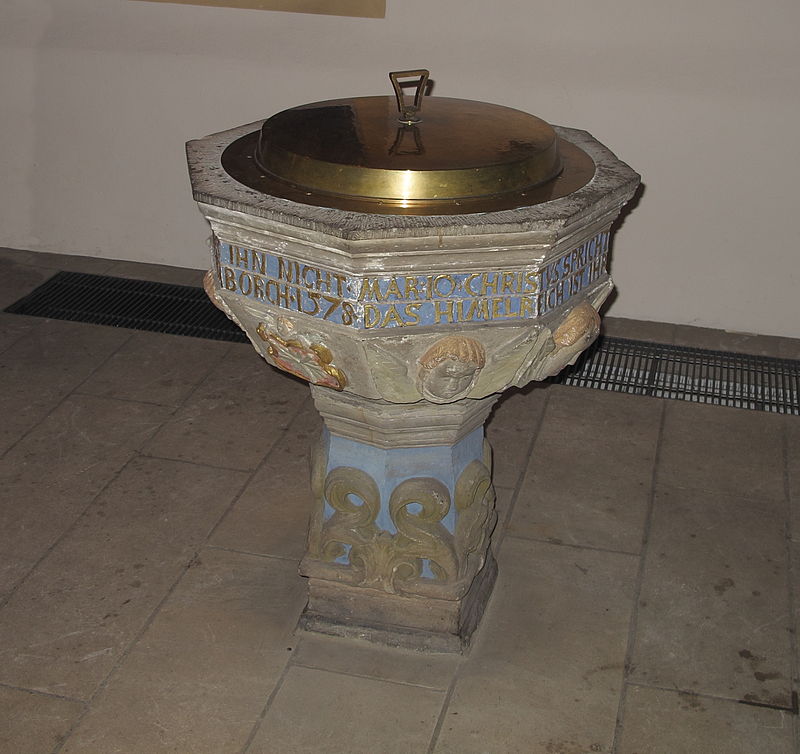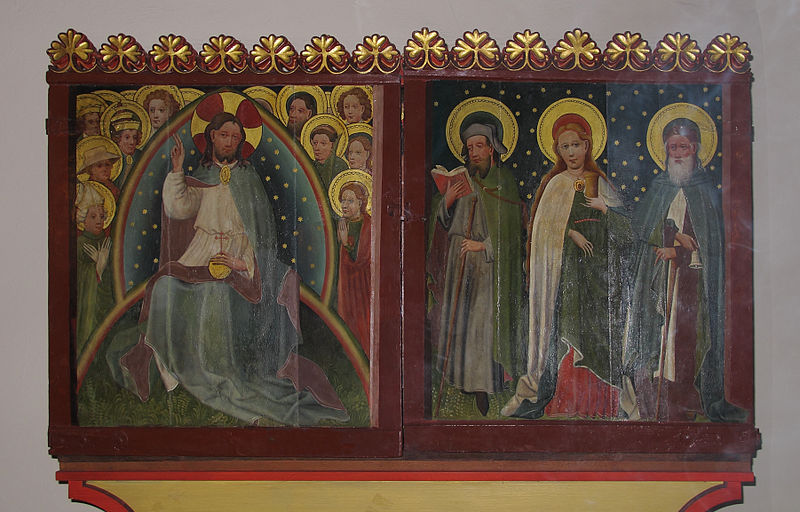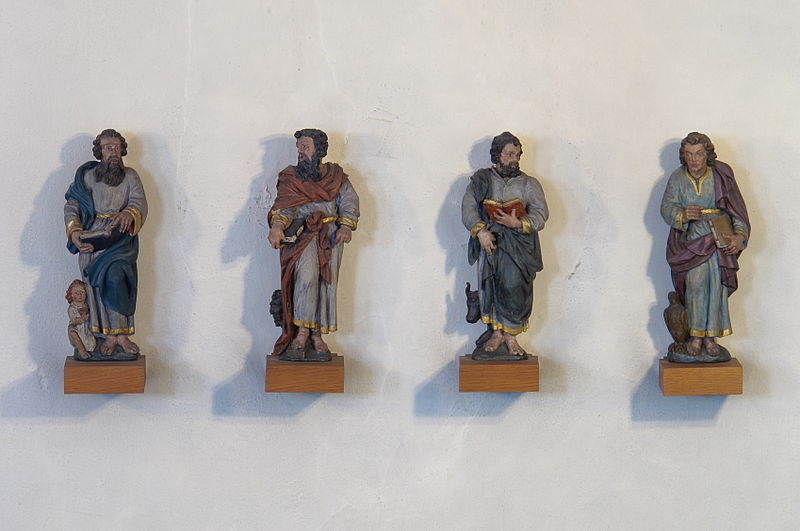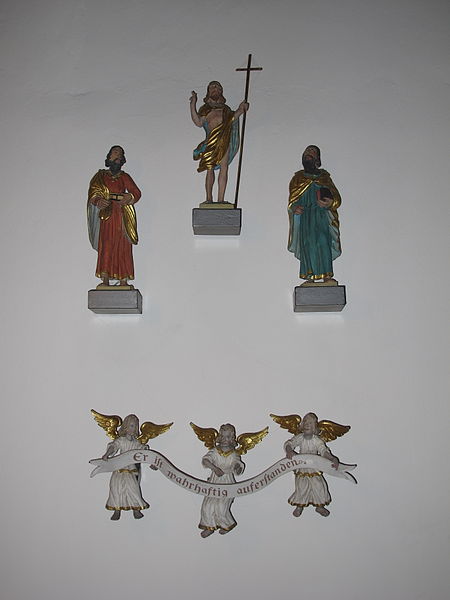St. Jacobi, Rodenberg
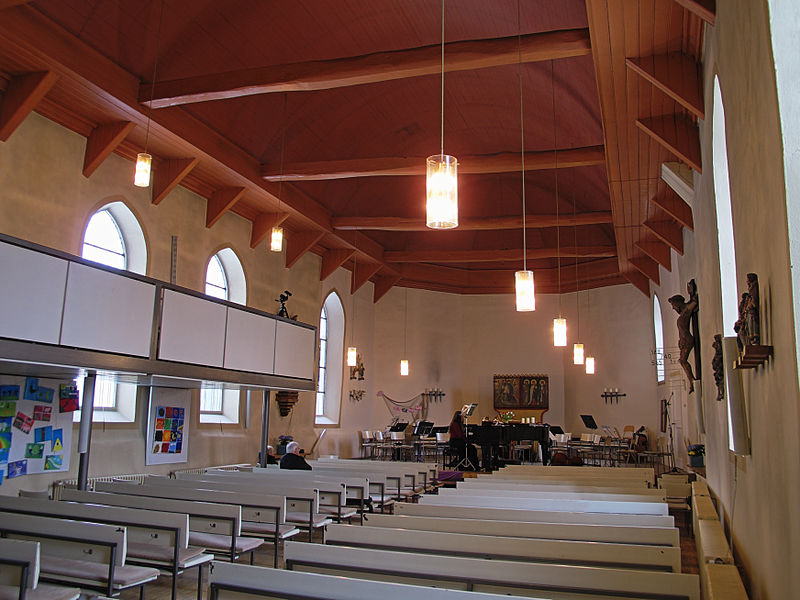
Facts and practical information
The church of St. Jacobi is an Evangelical Lutheran village church in Rodenberg, Lower Saxony. Its core dates back to the 11th century. The parish belongs to the church district Grafschaft Schaumburg in the Sprengel Hannover of the Evangelical Lutheran Church of Hanover.
The church was built for the villages of Grove and Alekesdorp as well as Rodenberg Castle around the year 1040 by order and with the financial support of Count Adolf II of Rodenberg. Its foundations were made of field stones, but the actual building was made of wood. Part of this structure is still preserved today as the southern wall of the present church. Bishop Bruno of Minden, a relative of the Count, consecrated the church, either under the present name of St. Jacobi or as "Omnium Sanctorum".
On July 25, St. James' Day, in 1373, there was a mass panic in the church. During a funeral mass for Magnus II Torquatus, the Duke of Brunswick and Kalenberg, who had been killed the same day at the Battle of Leveste against the forces of Otto I of Schaumburg, lightning struck the nearby cantor's house, causing a panic. In the course of fleeing the crowded church, 23 people were trampled to death. The Bishop of Minden then rededicated the church to the name of All Saints. For years, on the anniversary of the catastrophe, a mass was said for the souls of those who died; a plaque with their names was still on display in the church until 1840.
From 1552, the first pastors in the Schaumburg region turned to the teachings of Martin Luther, and in 1556 St. Jacobi also became Protestant. A castle church that also existed in Rodenberg at that time was destroyed in the Thirty Years' War.
The baptismal font dates from 1587, was donated by Johann von Schaumburg and bears the inscription
St. Jacobi – popular in the area (distance from the attraction)
Nearby attractions include: Wasserschloss Hülsede, St.-Lukas-Kirche, Open-air theater, Rittergut Remeringhausen.


